When you first start to nibble on Tuscan bread in Florence, you’ll probably notice it tastes a little… Odd. You may not know what it is, but there’s definitely something different about this bread.
The answer is that there’s an ingredient missing in Tuscan bread – salt.

At its simplest, bread consists of four ingredients – flour, yeast, water, and salt. This simplicity is undoubtedly one of the reasons some kind of bread exists in diverse culinary traditions around the world. And while we don’t usually perceive bread as salty, this small amount of salt makes a world of difference.
Uncommon “Common Bread”
Bread in most of Tuscany has been made without salt for hundreds of years. However, it’s not the only region where you’ll find salt-free bread. Much of the bread in the other regions of central Italy (Umbria, Lazio, and Le Marche) is also traditionally salt-free. It’s generally called pane comune, or common bread. You may also hear it referred to as pane sciapo—bland bread. In Tuscany, it’s also called pane toscano, or Tuscan bread.
While there’s no dispute that pane comune has been the bread staple of central Italy for centuries, there’s quite a bit of disagreement about why this is so. Some of the stories sound more plausible than others, some of them seem to contradict one another, and historians disagree. Take all of these with – wait for it – a grain of salt.
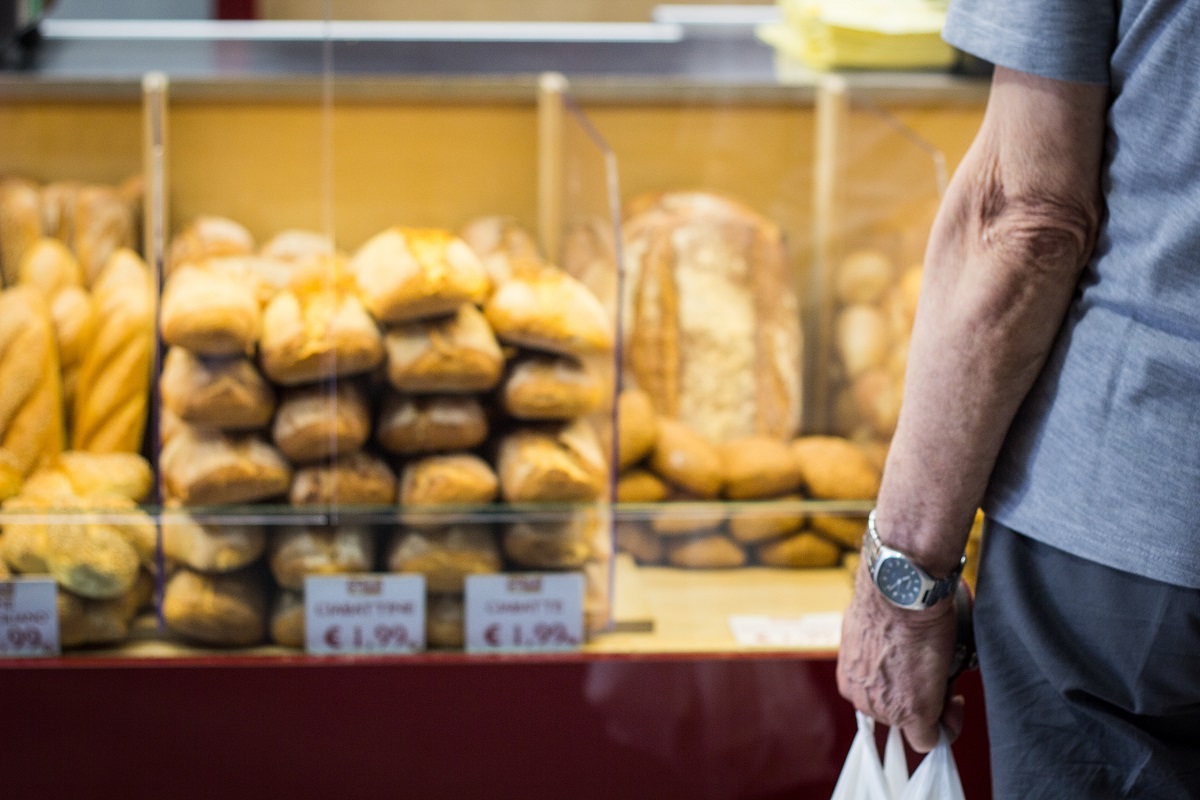
Origin Stories of Salt-Free Tuscan Bread
Theory One: It’s All About Food
Two stories connect the lack of salt in pane comune to the amount of salt in the local cuisine.
One version says that Tuscan cuisine is so salty that the bread was intentionally made without salt so as to not add even more salt to the overall meal. Another version says the salt level in typical dishes was bumped up because of how bland the bread was.
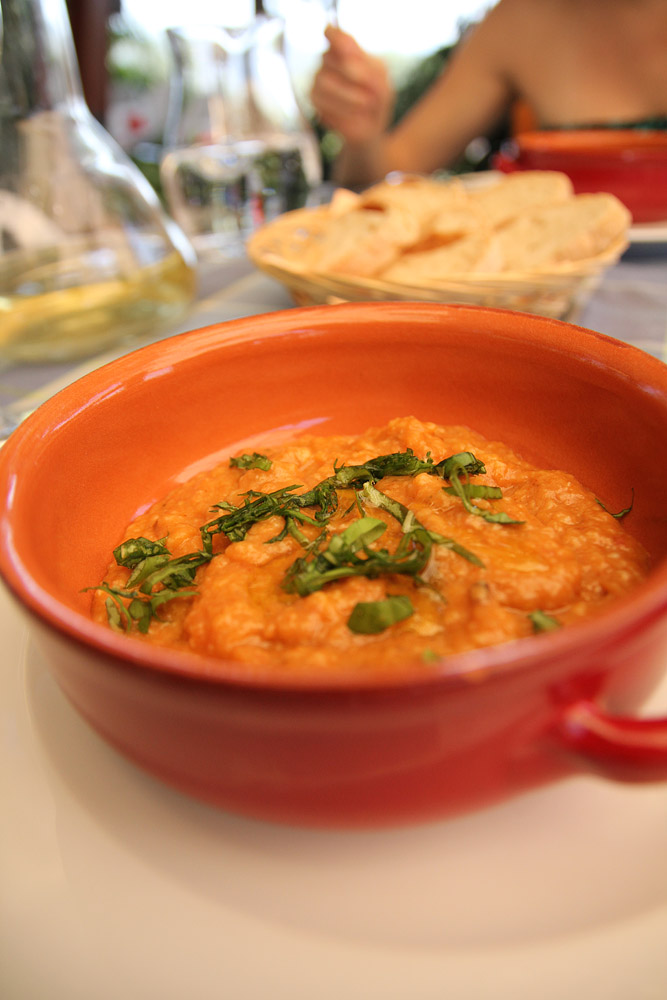
Theory Two: It’s All About Water
Two more stories revolve around the kind of water local bread bakers had access to. Story one claims that the distance from the sea meant people didn’t have a way to harvest sea salt. Story two says that since people made bread with spring water, it didn’t have the inherent saltiness of bread made with seawater.
Theory Three: It’s All About Money
By far the most colorful and complex origin stories of Tuscan bread revolve around money.
The most straightforward of these is that salt was heavily taxed, making it too costly for most of the population. So, they simply started making their bread without it.
One of the popular stories ties pane toscano (Tuscan bread) to a long-standing feud between the city-states of Florence and Pisa. Both are on the Arno River, which was used for shipping goods from the coastline. However, Pisa lies between Florence and the sea. During a trade dispute in the 12th century, Pisa simply blocked salt shipments from moving further along the Arno into Florence. Rather than capitulate, Florentine bakers left the salt out of their bread entirely.
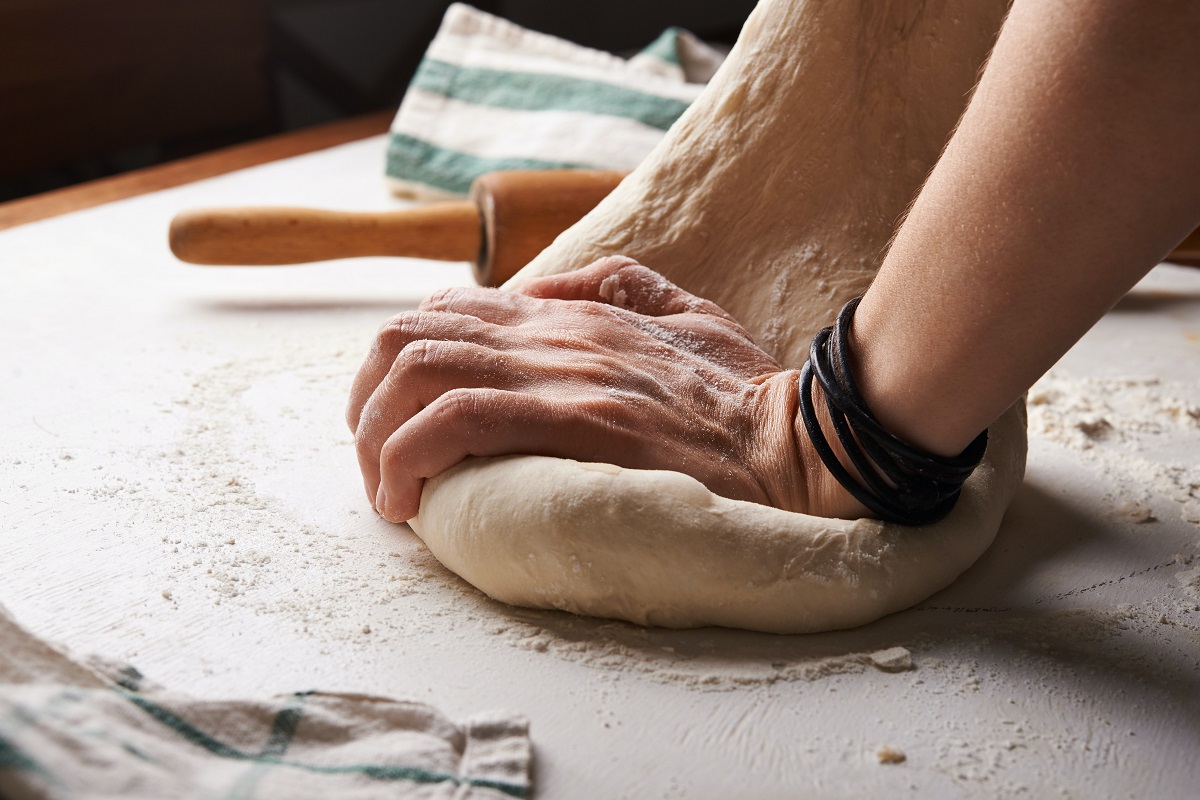
The most detailed story is that of the Salt War of 1540 between Perugia (the modern capital of Umbria) and the Papal States. The city-state of Perugia was absorbed into the Papal States in the late 14th century, and Perugians were not happy about it. They managed to retain some independence—including exemption from the salt tax—though the Papal States curtailed that independence slowly over the next 150 years.
By the early 16th century, Perugia was required to pay the salt tax, but they were still permitted to purchase (better and cheaper) salt from outside the Papal States. In 1540, after a bad harvest year in Perugia was already making tensions high, Pope Paul III decided to rescind the earlier agreement and force Perugians to buy salt only from him and raise the existing salt tax at the same time. He claimed the Papal States needed to raise more money for military campaigns.The cost of salt skyrocketed, and Perugia refused to pay and declared its independence. The rebellion was quelled by the papal army a few short months later. During that time, however, the story goes that Perugian’s simply started making their bread without salt. The tradition is said to have endured as a symbolic reminder of the rebellion.
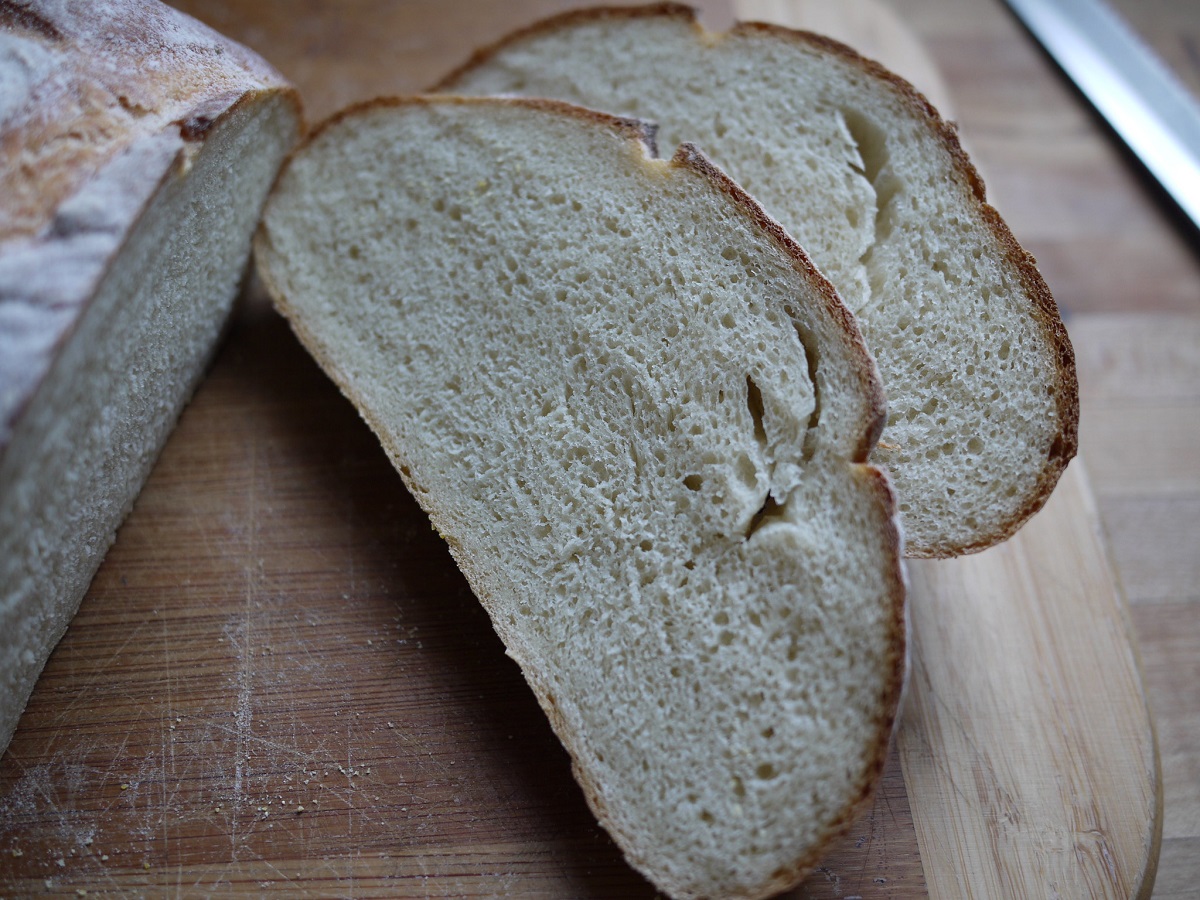
The Trouble with These Theories about Tuscan Bread
Since the two food-related stories are at opposite ends of the “which came first” spectrum, it’s hard to know which to favor. However, there’s a strong connection between pane toscano and traditional Tuscan cuisine even if neither of these theories are true.
While the two water-related stories seem shaky when you look at a map of Italy’s regions and see that the vast majority have some amount of coastline touching a salty body of water, people didn’t historically travel far from home. But even then, this theory doesn’t hold water, or every region in Italy would have inland areas where salt-free bread was the norm.
Although the two feud stories are entertaining, they’re specific to only two small cities in what is a much larger part of Italy where salt-free bread is traditional. Not only that, research into the Salt War turns up no actual references to baking bread without salt. There’s even a mention of salt-free bread in Dante’s Divine Comedy, written 220 years before the Salt War.
We’ll probably never know precisely when or why the people of central Italy stopped putting salt in their bread. But that won’t stop anyone from understanding its importance to the cuisine of Tuscany and the rest of central Italy.
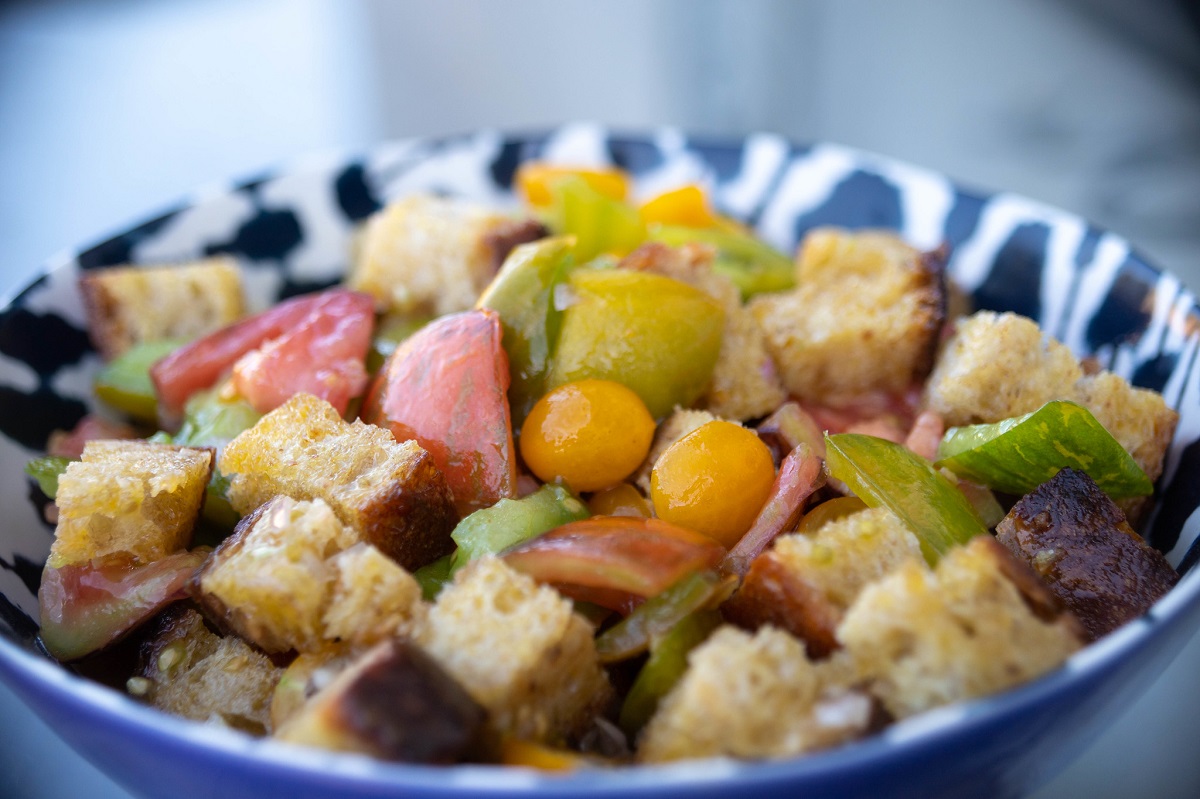
Salt-Free Bread in the Tuscan Kitchen
Just as most recipes call for unsalted butter so you can adjust the salt level in a dish, salt-free bread is the perfect foundation for many beloved Tuscan dishes.
In addition to flavor, salt also gives bread a moister crumb. Without salt, bread tends to be dry (some even call the texture of pane comune sandy), which also means it lasts longer because it won’t get moldy as quickly.
This dense, dry texture may not be appealing on its own. However, it’s ideal for turning something like soup or salad into a heartier meal. Traditional Tuscan dishes like ribollita, pappa al pomodoro, and panzanella are all thickened with chunks of stale Tuscan bread.
It’s also a great way to get every last drop of delicious sauce without literally licking your plate. For instance, the scarpetta, swiping a piece of bread over your plate after a meal, is a time-honored Italian practice.Tuscan bread is also an excellent way to enjoy salty cured meats without being overwhelmed by salt. Buon appetito!
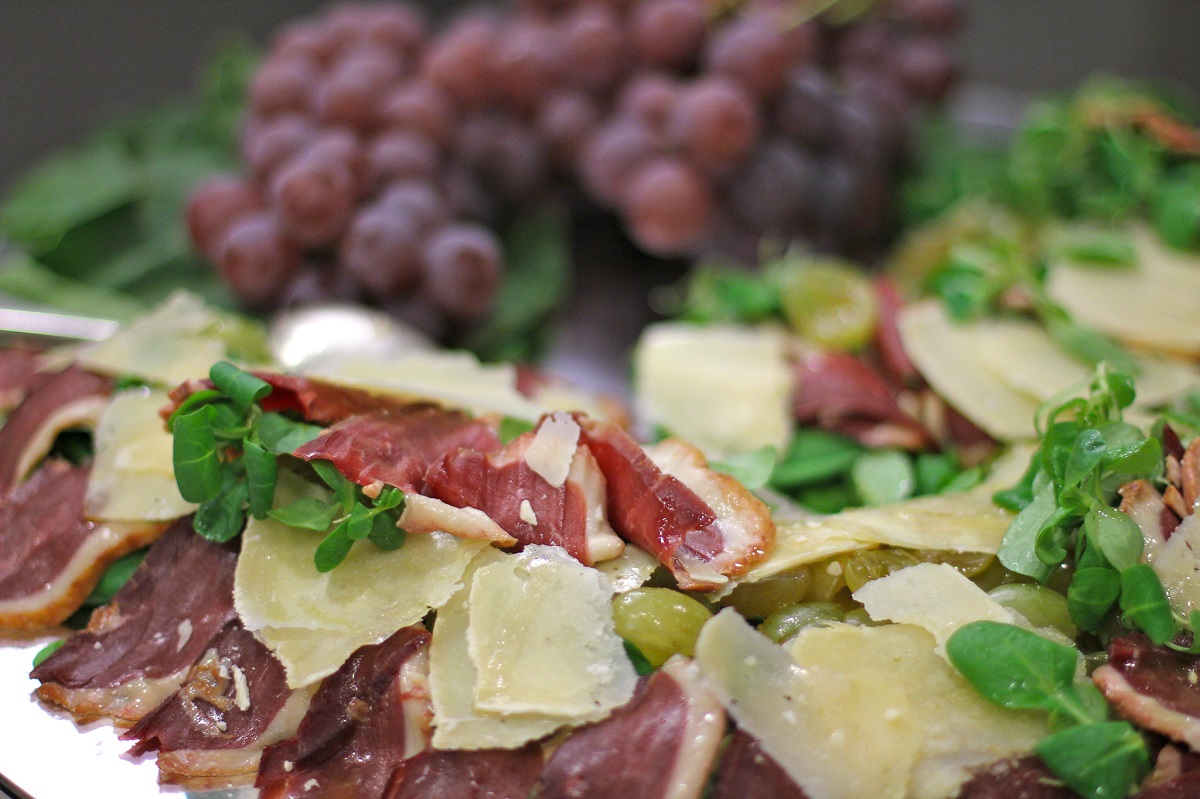
If you want to try even more local specialties—and get a heavy dose of history, too—join our Dine Around Florence food tour. You’ll learn even more history of Florentine fare while sampling some of the city’s best dishes!






